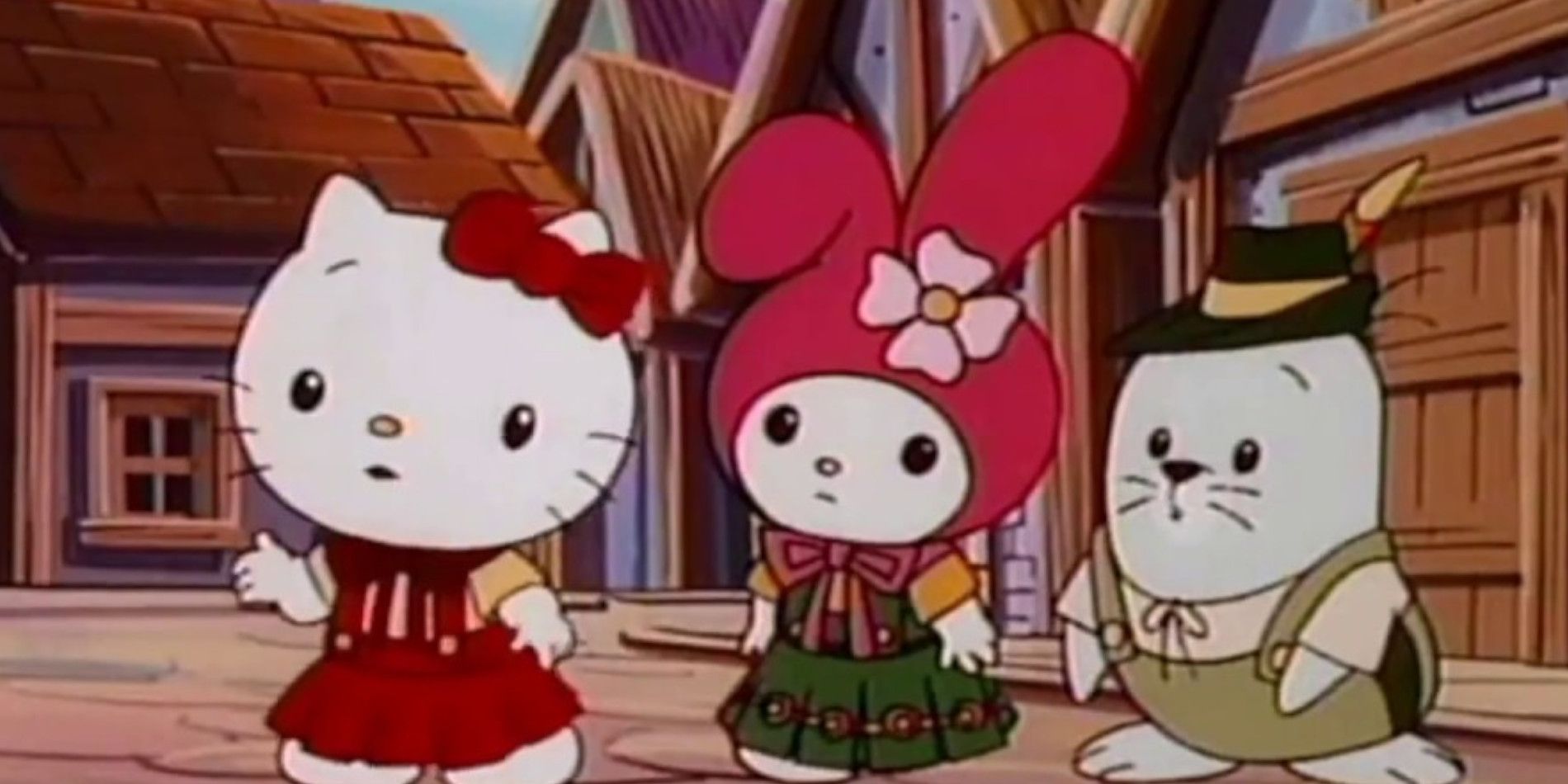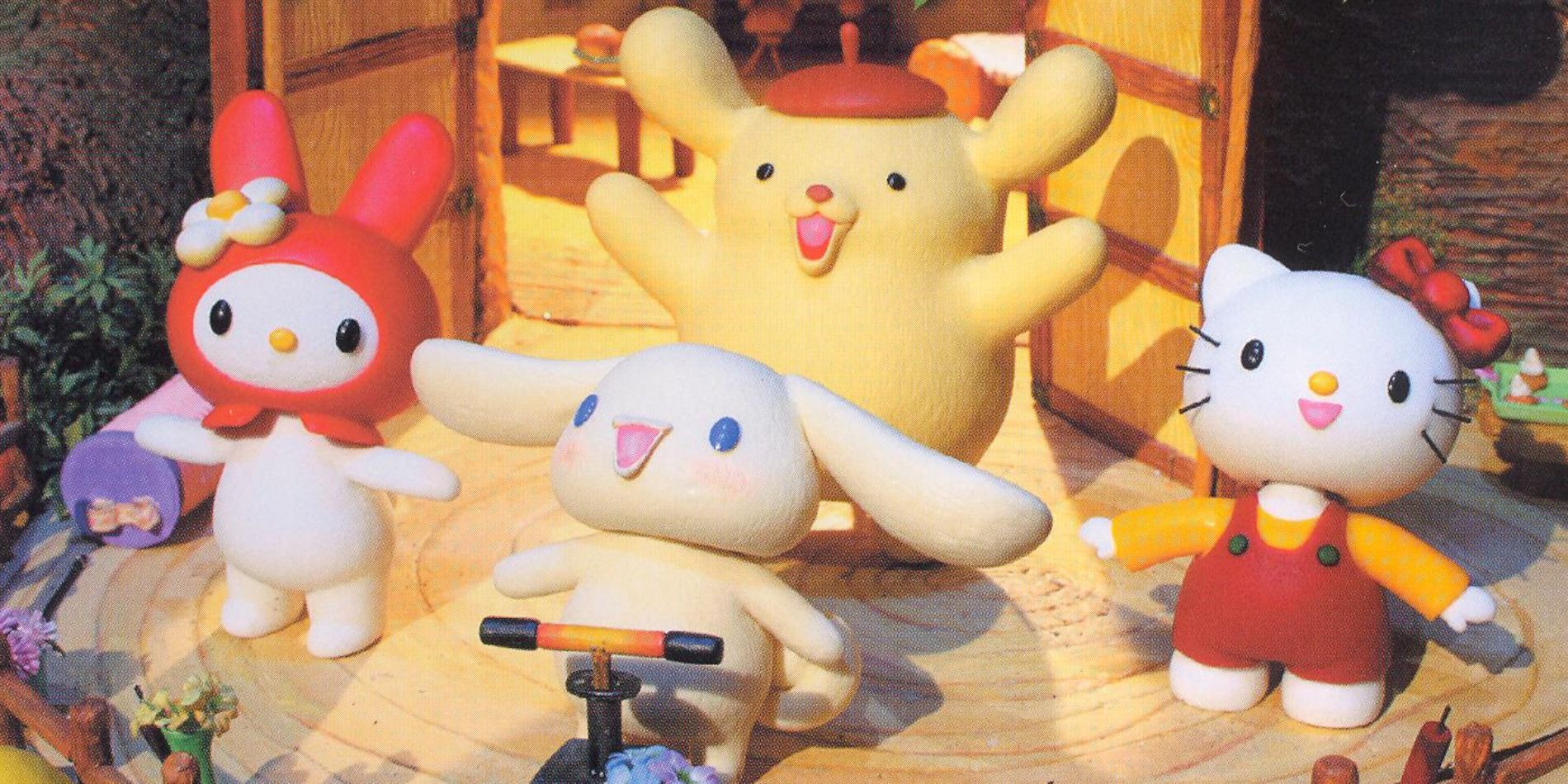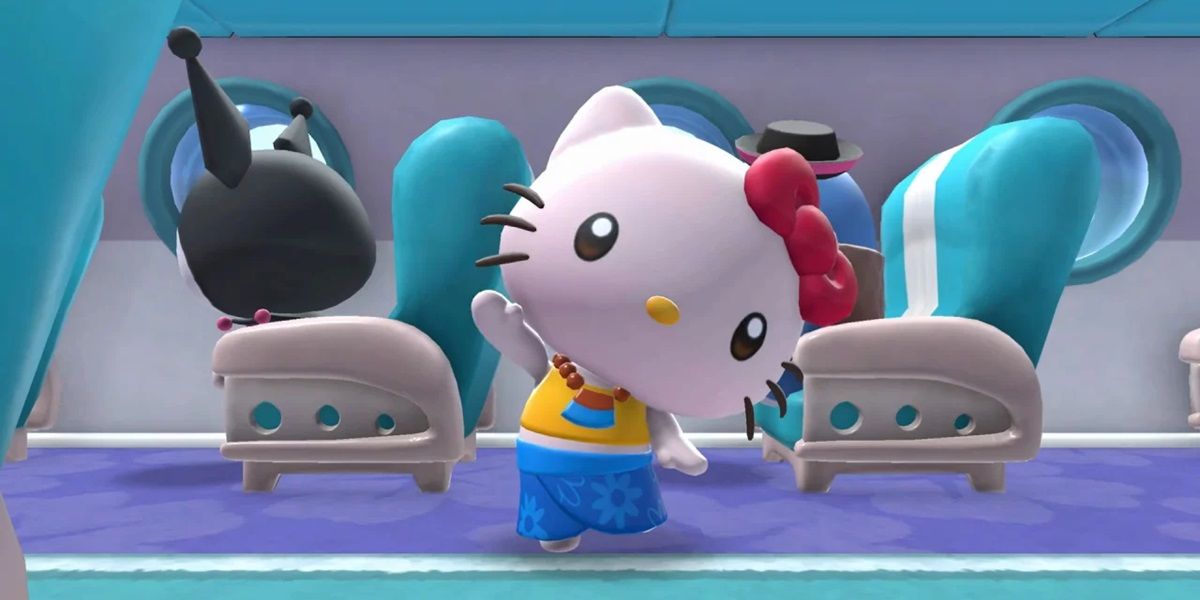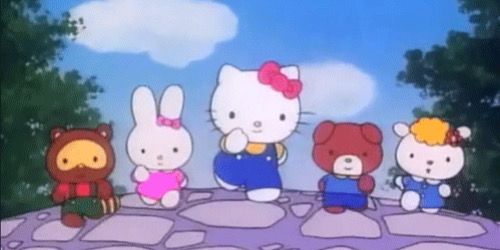![]()
Across the globe, people of all ages remain enchanted by the charming characters crafted by Sanrio. Ranging from the sweet-natured Pompompurin to the playful Kuromi, there’s a character in Sanrio’s universe for every enthusiast. In addition to these popular figures, Sanrio boasts a diverse array of lesser-known gems, like Chococat and Hana-Maru.
It’s quite surprising that one of the characters least appreciated in the past turned out to be none other than Hello Kitty. Nowadays, it seems implausible that she, who serves as a symbol for Sanrio, was ever overlooked. In reality, Hello Kitty didn’t gain significant popularity until the 1990s, more than a decade after her creation.
The Beginnings of Sanrio and the Birth of Hello Kitty
Hello Kitty Was Created in 1974
Prior to its official establishment, Sanrio initially started out as the Yamanashi Silk Company in 1960, founded by Shintaro Tsuji. After a few years, the company diversified and began selling sandals. It was then that Tsuji discovered the high demand for sandals adorned with charming designs among customers. Gradually, he managed to sell sandals embellished with beloved cartoon characters like Snoopy from the Peanuts comic strip.
1973 marked the transformation of the Yamanashi Silk Company into Sanrio, a move that led them to recruit designers to develop an array of adorable characters. The year also saw the introduction of the first original Sanrio character – a small bear named Coro Chan. Over time, Sanrio continued to introduce new characters and collaborated with other franchises when feasible. Interestingly, they even borrowed characters, but later, after Tezuka’s passing, the rights for these characters were transferred to his company.
1974 marked a year after Sanrio’s official establishment, and it was Yuko Shimizu who breathed life into Hello Kitty. At first, this beloved feline didn’t have a name; instead, she was affectionately called “Kitty,” derived from a cat character in Lewis Carroll’s novel, “Through the Looking-Glass.” However, to reflect Sanrio’s emphasis on social interaction, Shintaro Tsuji felt it appropriate for Kitty to have a name that incorporated a greeting.
Initially tested with the name “Hi Kitty”, the character eventually got named “Hello Kitty”. Additionally, it was planned that Hello Kitty would be an English character, similar to many other Sanrio characters who hail from the U.S. In time, the original designer of Hello Kitty parted ways with Sanrio, and Setsuko Yonekubo took over as the main designer for a period. Later on, Yuko Yamaguchi stepped in as the lead designer, a role she continues to hold.
Hello Kitty’s Sudden Rise in Popularity
Hello Kitty Became a Star in the ’90s
The initial Hello Kitty product, introduced in 1975, was a compact coin purse that marked her official introduction. On this small coin purse, you could find Hello Kitty sitting on the floor, accompanied by a milk bottle with a straw and her goldfish pet, who was quietly floating inside its bowl. The moment Hello Kitty was introduced, she quickly gained popularity among children, many of whom eagerly purchased her merchandise.
Initially, Hello Kitty was underestimated, particularly among adult consumers. However, a turning point came in the 1990s when Sanrio decided to target older customers as well, using Hello Kitty as a vintage character for new products. This strategy aimed at those who missed out on purchasing Hello Kitty merchandise during their youth or were nostalgic for their past items. Remarkably, this marketing approach propelled Hello Kitty into global stardom, making her one of the world’s most recognized characters.
Hello Kitty gained significant popularity outside Japan during the ’90s and early 2000s, becoming increasingly common and desired in American department stores. Sanrio’s beloved character Hello Kitty was established during this period and even attracted fans among celebrities like Mariah Carey. In fact, Carey used Hello Kitty as a fashion statement. This cute cat character appeared in various media formats, including the 1994 PC game “Hello Kitty Big Fun Deluxe” and the “Hello Kitty and Friends” anime series, which aired from 1989 to 1998.
Hello Kitty’s Anime Debut and Her Legacy Today
The Adorable Feline Remains 1 of the Most Popular Characters in Sanrio’s Roster



In 1987, Hello Kitty first appeared in an animated series called “Hello Kitty’s Furry Tale Theater.” This show featured Hello Kitty and her family performing various productions inspired by popular fairy tales and films. These performances were not solo acts; they relied on the assistance of friends. In many cases, Hello Kitty took on the role of the main character or a significant supporting character. The series introduced familiar characters like My Melody the rabbit and Tuxedo Sam the penguin, while also introducing new friends for Hello Kitty to work with.
Among these characters, one was Catnip, a self-important yet amiable Siamese cat who frequently played the antagonist in the theater’s plays; much like her mother and the bulldog character Grinder, both characters have not made an appearance since. Another character, Chip the seal, typically takes on supporting roles in the plays, but also stars in some productions. Hello Kitty’s initial animated series was met with great acclaim, particularly because it would frequently reimagine classic fairy tales in a distinctive way; for example, in Hello Kitty’s adaptation of Cinderella, there is a football game that Cinderkitty, her character, desires to watch rather than going to a ball.
After making her initial animated appearance, Hello Kitty went on to star in multiple anime series, such as “Hello Kitty’s Animation Theater” from 2001 and “Hello Kitty Stump Village” from 2005. Each show used the Sanrio characters in unique ways; for example, “Hello Kitty Stump Village” focused on delivering simple, educational life lessons, making it ideal for younger audiences. On the other hand, “Hello Kitty’s Animation Theater,” which was based on classic tales like “The Little Match Girl” and “Snow White and the Seven Dwarfs,” occasionally had a melancholic tone and frequently tackled heavy themes like death.
From the ’90s to the 2000s, the delightful cat character was a fan favorite, but her popularity started to wane in Japan during the 2010s. For example, in 2020, Hello Kitty ranked fifth instead of first as she had in prior years. However, despite this decline in Japan, Hello Kitty remains cherished abroad and is one of the most recognized fictional characters globally today.
Contrary to a previous dip in fame, Hello Kitty and her companions have seen a revival in popularity due to the 2023 game “Hello Kitty Island Adventure”. Initially exclusive to Apple Arcade, it has since expanded, with versions for PlayStation set to debut soon. Combining elements of “Stardew Valley” and “Animal Crossing”, “Hello Kitty Island Adventure” has gained significant popularity. It reintroduces characters from Sanrio’s roster, like the charming alligator Big Challenges, who were previously less recognized. Players can also customize their own Sanrio character to play with, and even make friends with Hello Kitty and other island characters using them.
Fans appreciate being able to interact with various characters from the Sanrio universe, delighting in the endearing graphics and ambiance. Similar to games like Animal Crossing and Stardew Valley, players gather materials to construct new items. What sets it apart is its expansive map, enabling players to traverse a massive world filled with beloved Sanrio characters. With this game, as well as other fresh merchandise and content, Hello Kitty’s popularity is expected to endure for many years.
Read More
- Clash Royale Best Boss Bandit Champion decks
- Clash Royale December 2025: Events, Challenges, Tournaments, and Rewards
- Clash Royale Witch Evolution best decks guide
- Clash Royale Furnace Evolution best decks guide
- Mobile Legends December 2025 Leaks: Upcoming new skins, heroes, events and more
- Mobile Legends X SpongeBob Collab Skins: All MLBB skins, prices and availability
- Mobile Legends November 2025 Leaks: Upcoming new heroes, skins, events and more
- BLEACH: Soul Resonance: The Complete Combat System Guide and Tips
- The Most Underrated ’90s Game Has the Best Gameplay in Video Game History
- Doctor Who’s First Companion Sets Record Now Unbreakable With 60+ Year Return
2025-05-24 04:27
